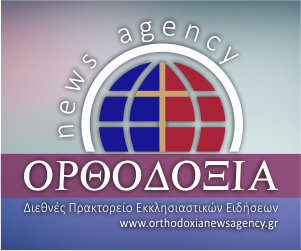
When, in the fifth century, the space in Hadrian’s Library in Athens was divided equally between pagans and Christians, the relations between what appeared to be the two flourishing communities in the city were defined both in practice and symbolically. The renovated wings were given to the pagan Sophists and the courtyard to the Christians to build an important church, the well-known Christian tetraconch (fig.1). The church was probably the first metropolitan church in Athens, later called “The Great Panayía (Mother of God). An act certainly of political diplomacy, directed and funded either by the eparch of Illyricum, Herculius (408-12), or by the native Athenian empress Evdokia, doubtless led to everyday co-existence and symbiosis for the two groups on a ...
























